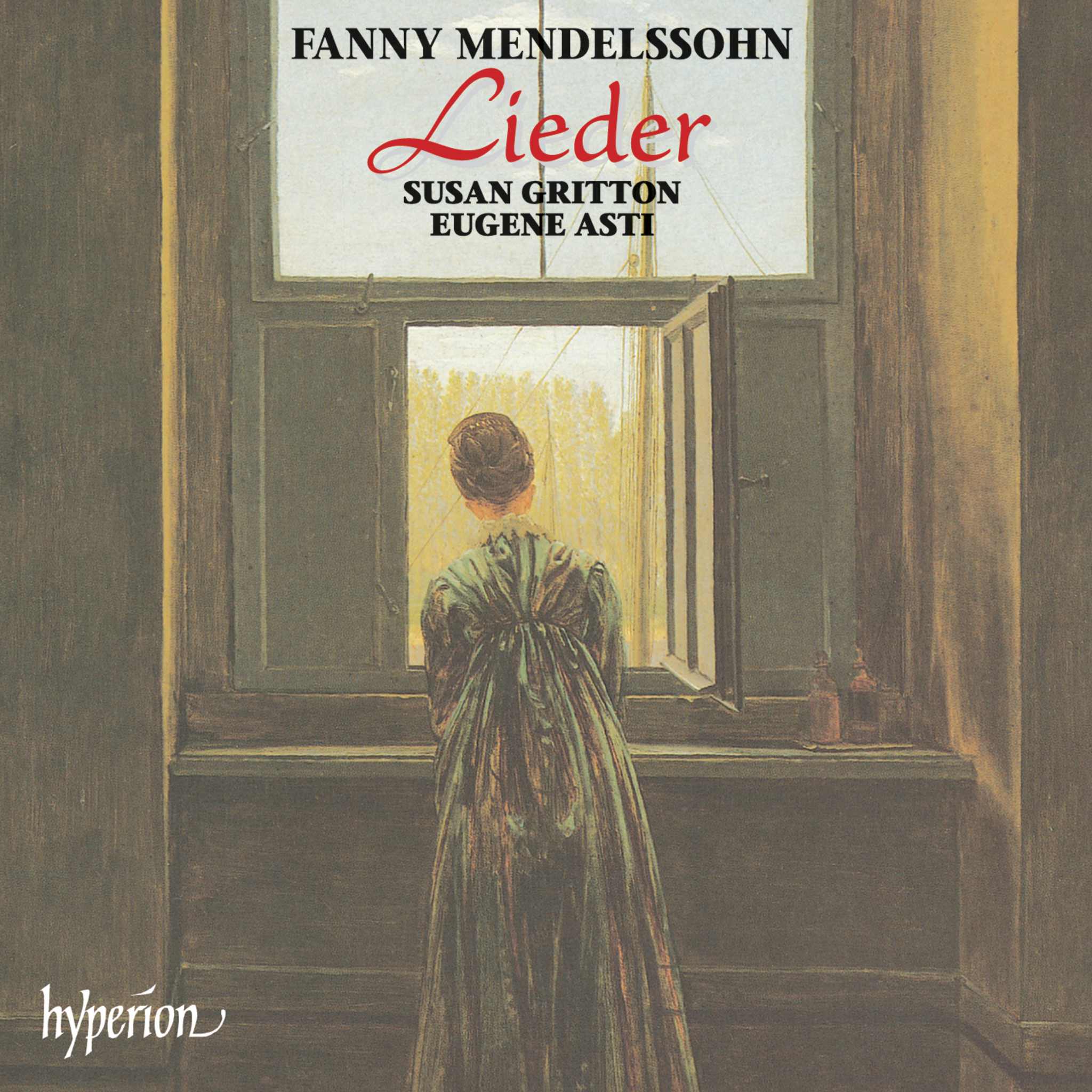Album insights
Marcel Dupré, a native of Rouen, was among the most renowned organists globally. He made annual visits to London from 1920 onwards, excluding wartime periods. Alexandre Guilmant (1837–1911) and Charles-Marie Widor (1844–1937) were his mentors. Dupré succeeded Widor as the organist of Saint-Sulpice in Paris in 1934, almost thirty years after starting as his assistant. Not only a well-traveled organ virtuoso and exceptional teacher, Dupré was a significant composer of the twentieth century for his instrument. His compositions further evolved the concerto-style organ works established by Widor and his contemporaries. He later delved into symphonic poems, suites, and individual pieces.
In 1914, Dupré received the Premier Grand Prix de Rome, which he couldn't accept due to the war. Instead, he composed three Preludes and Fugues, dedicated to fellow organists. The profoundest of the set, marked by its emotional H major tonality, bears the dedication "Mort pour la France" and showcases powerful musical motifs. The tranquil F minor Prelude and Fugue, dedicated to Augustin Barié, feature a serene melody with recurring notes.
Dupré's Prélude in G minor showcases a blend of pedal notes against vibrant manual melodies, evolving into a compelling seven-voice texture. The animated G minor Fugue intertwines motifs from the Prelude with tonal shifts and intricate harmonies. His Trois Esquisses op. 41, penned in 1945 but published later, highlight different styles: the first focusing on repeated notes, the second on staccato repetitions, and the third on assertive octave passages.
Dupré's rise to international fame post-World War I stemmed from his improvisational skills, particularly on Gregorian themes. His works like Chorals and the Symphonie-Passion focus on this contemplative style. Dupré's Choral et Fugue, op. 57, dedicated to Jean Gillet, offers a canon-like composition based on the Salve Regina chant. Another notable piece, the Variations sur un vieux Noël, is based on the old French carol Noël nouvelet, showcasing intricate variations and contrapuntal elements.
In 1921, Dupré wowed audiences with a symphony-based improvisation in the US, inspiring his later work Symphonie-Passion, op. 23. His Deuxième Symphonie, op. 26, composed in 1929, reflected a chromatic and staccato style seen in his compositions. Pieces like Preludio, Intermezzo, and Toccata exhibit his fiery yet refined approach to composition, blending distinctive themes and chromatic textures.
Évocation, op. 37, Dupré's first of two symphonic poems for solo organ, poses technical challenges with its third movement's rapid staccato passages and complex pedal chords. Etched in memory of his father, who served as an organist, this emotive piece was first performed by Dupré in 1942. The composition features a tonal journey culminating in a resolute C major resolution.
Felix Aprahamian © 1998








